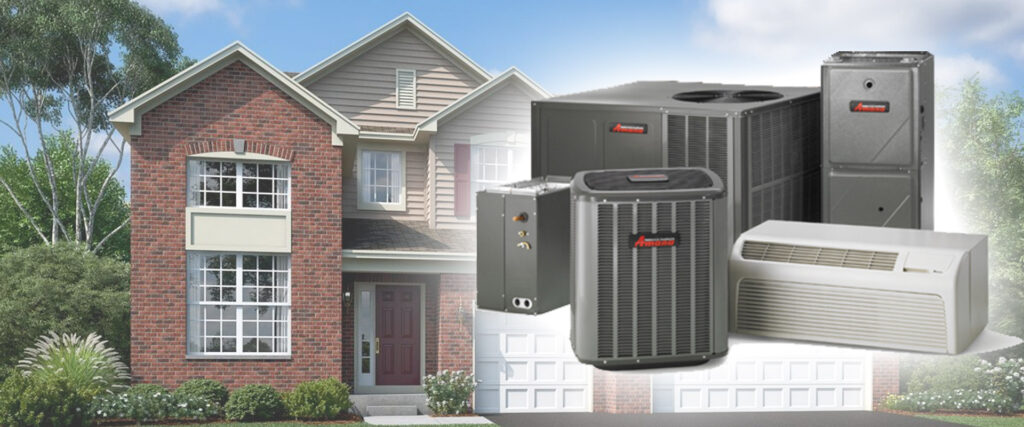
Determining the right size air conditioning unit for your home is crucial for maintaining optimal comfort levels and efficiency. An AC unit that is too small won’t cool your home effectively, while one that is too large will waste energy and money. According to Amana, “several factors should be considered” when selecting an AC unit size. The following guide will help you determine what size AC unit you need for your home.

- Calculate the square footage of your home: The first step in determining the right size AC unit for your home is to calculate the square footage. This can be done by measuring the length and width of each room and then multiplying them together to get the square footage of each room. Once you have the square footage of each room, add them all up to get the total square footage of your home.
- Consider the climate zone you live in: The climate zone you live in can have a significant impact on the size of AC unit you need. If you live in a hot and humid climate, you’ll need a larger unit to keep your home cool and comfortable. If you live in a cooler climate, you can get away with a smaller unit.
- Determine the insulation level of your home: The insulation level of your home is another factor that can affect the size of AC unit you need. A well-insulated home will require a smaller unit than a poorly insulated home. If you’re not sure about the insulation level of your home, consider hiring an HVAC professional to perform an energy audit.
- Consider the number of windows and doors in your home: The number of windows and doors in your home can also impact the size of AC unit you need. If you have a lot of windows and doors, you’ll need a larger unit to compensate for the extra heat gain.
- Determine the orientation of your home: The orientation of your home can also affect the size of AC unit you need. Homes that face west or south will get more direct sunlight and will require a larger unit to keep them cool.
- Calculate the cooling load: Once you have all of the above information, you can calculate the cooling load of your home. The cooling load is the amount of cooling power that your AC unit will need to provide to keep your home cool and comfortable. The cooling load is calculated using a formula that takes into account the square footage of your home, the climate zone you live in, the insulation level of your home, the number of windows and doors, and the orientation of your home.
- Choose the right size AC unit: Finally, based on the cooling load calculated, you can choose the right size AC unit for your home. AC units are rated in tons, with one ton of cooling power equivalent to 12,000 BTUs. A rule of thumb is that you need 1 ton of cooling for every 400 to 600 square feet of living space. AC systems come in 3 ton, 4 ton and 5 ton options. However, it’s important to keep in mind that other factors like the ones mentioned above can affect this calculation.
In addition to these factors, it’s also important to consider other factors like your budget, energy efficiency, and the quality of the AC unit you choose. Schedule an appointment and we will help you navigate these factors and choose the best AC unit for your home.
